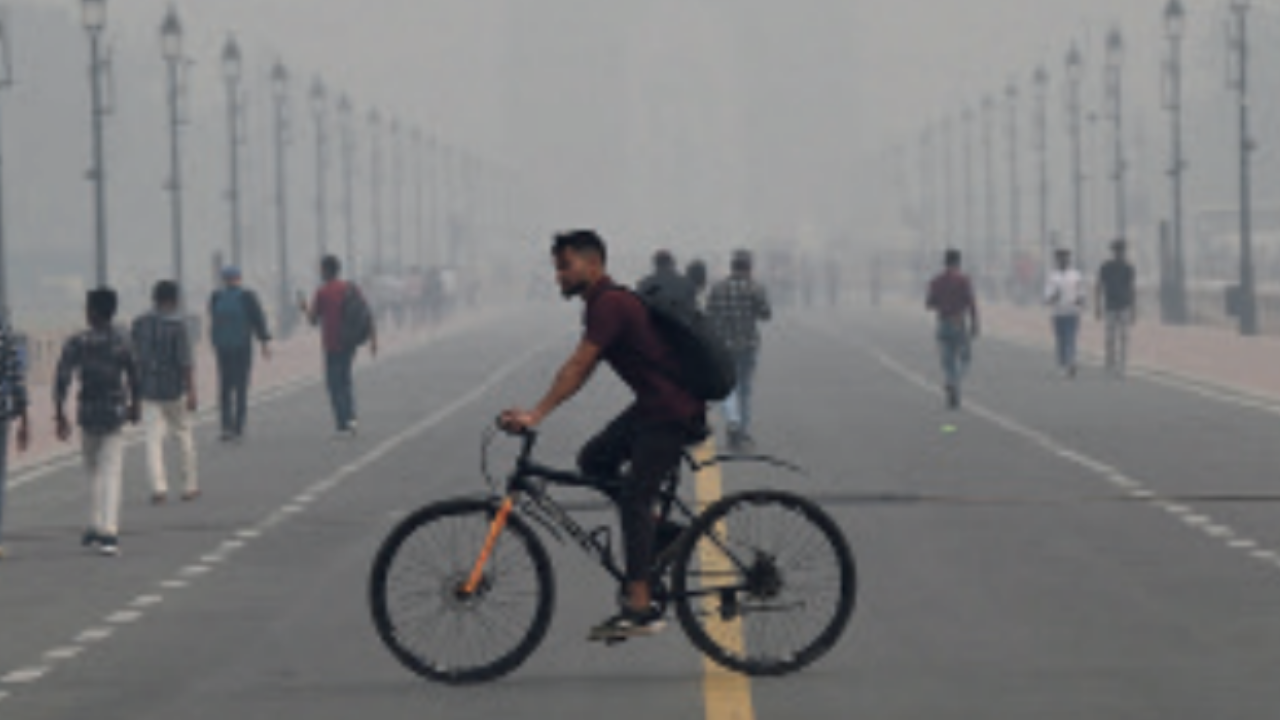
The Indian Institute of Technology (IIT) Kanpur has a quick-fix solution to offer to Delhi and its neighbouring regions choking in toxic air – it can help the city wash down pollutants and dust with “artificial rains”, a top researcher said.
Artificial rains can provide relief, albeit temporary, for up to a week to citizens in the NCR gasping for good quality air, Manindra Agrawal, professor at the computer science and engineering department of IIT Kanpur, said.
The institute, which has been working for over five years on creating conducive conditions for artificial rains, is finally ready to deliver after successful trials conducted in July this year. It has got the Directorate General of Civil Aviation’s nod for cloud seeding. “We have the necessary permissions from government authorities to fly the plane with cloud seeding attachment,” Agrawal told ET.
There are some riders though.
“At our end, we are ready to conduct this in Delhi, but for cloud seeding to create artificial rains, we also need necessary meteorological conditions like clouds with necessary moisture, winds, etc.,” he said. The checklist to conduct artificial rains not only includes favourable meteorological conditions but also multiple approvals from authorities.
Multiple attempts
These include the DGCA, ministry of home affairs, and Special Protection Group (SPG) that is responsible for protecting the prime minister – to fly aircraft over the capital, Agrawal said.
IIT Kanpur has been working on artificial rains since 2018 and has progressed to a level now that it is confident to help the national capital combat its air pollution woes, Agrawal said.
The institute started the trials in Kanpur itself in the month of May. At first, it used a pump to spray the salt mix into moisture-laden clouds to condense smaller particles into rain droplets and artificially induce rain. “We had about five trials that time and, barring once, we hit precipitation each time,” Agrawal said.
Then in 2019, the institute went for an upgrade. It sourced flare sets for cloud seeding from the US. The flare set is attached to the wings of an aircraft to shoot flares into the clouds. “But then (before it could start trials), Covid happened and our project got pushed,” he said.
The IIT started the trials again in July this year after getting DGCA’s nod to modify the wings of one of its two Cessna planes to fit the flare sets. It completed five trials till last month, Agrawal said.
He said the latest trials were about fixing cloud seeding attachments on the wings of Cessna aircraft.
Breathing problem
Meanwhile, hospitals in the national capital region are seeing the impact of hazardous air leading to a surge in patients complaining of breathing problems. The number of patients with respiratory problems has been on a rise in the last few days, according to Dr Randeep Guleria, former director of All India Institute of Medical Sciences (AIIMS) and current chairman of Institute of Internal Medicine & Respiratory and Sleep Medicine at Medanta.
“This is a problem that comes up every year. We see a surge in patients with respiratory issues during this time,” he said.
There are established studies now that indicate air pollution can lead to long-term ailments like heart diseases, strokes and even lung cancer, said Guleria who is also director medical education at Medanta.
For the last 10 days or so, Delhi’s AQI has mostly been in the severe or hazardous range.

